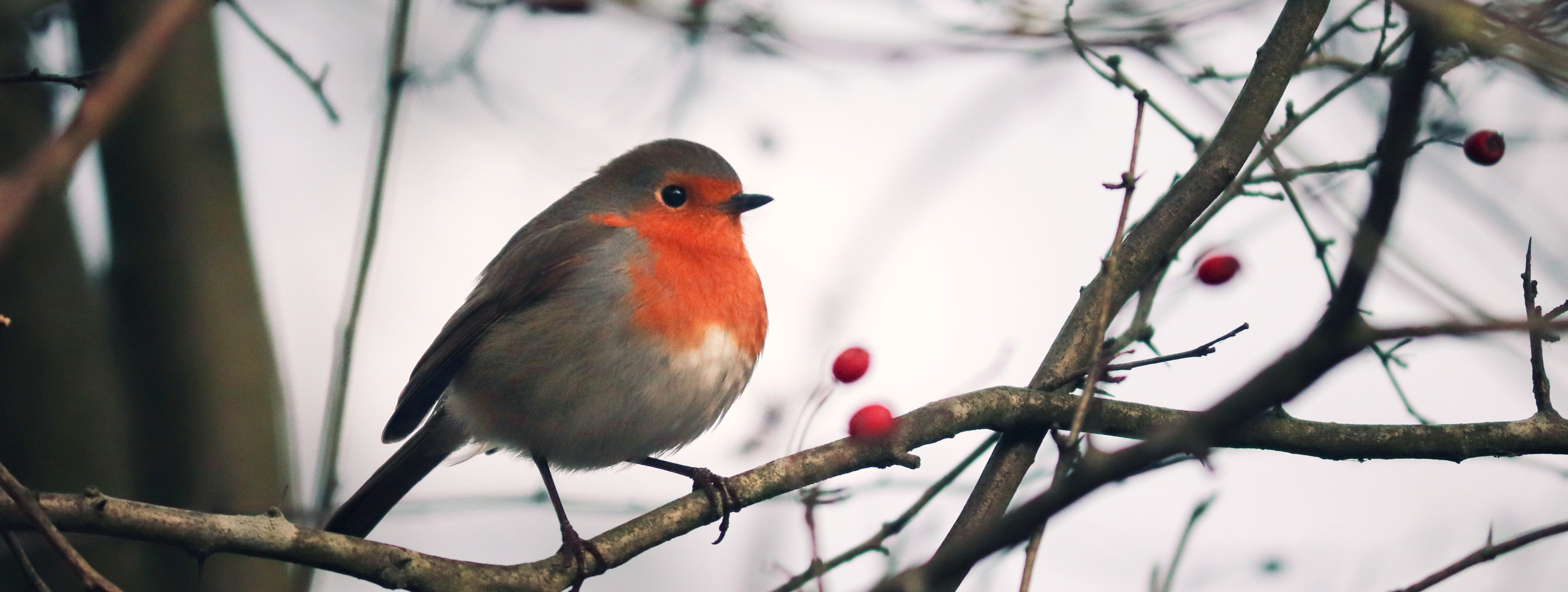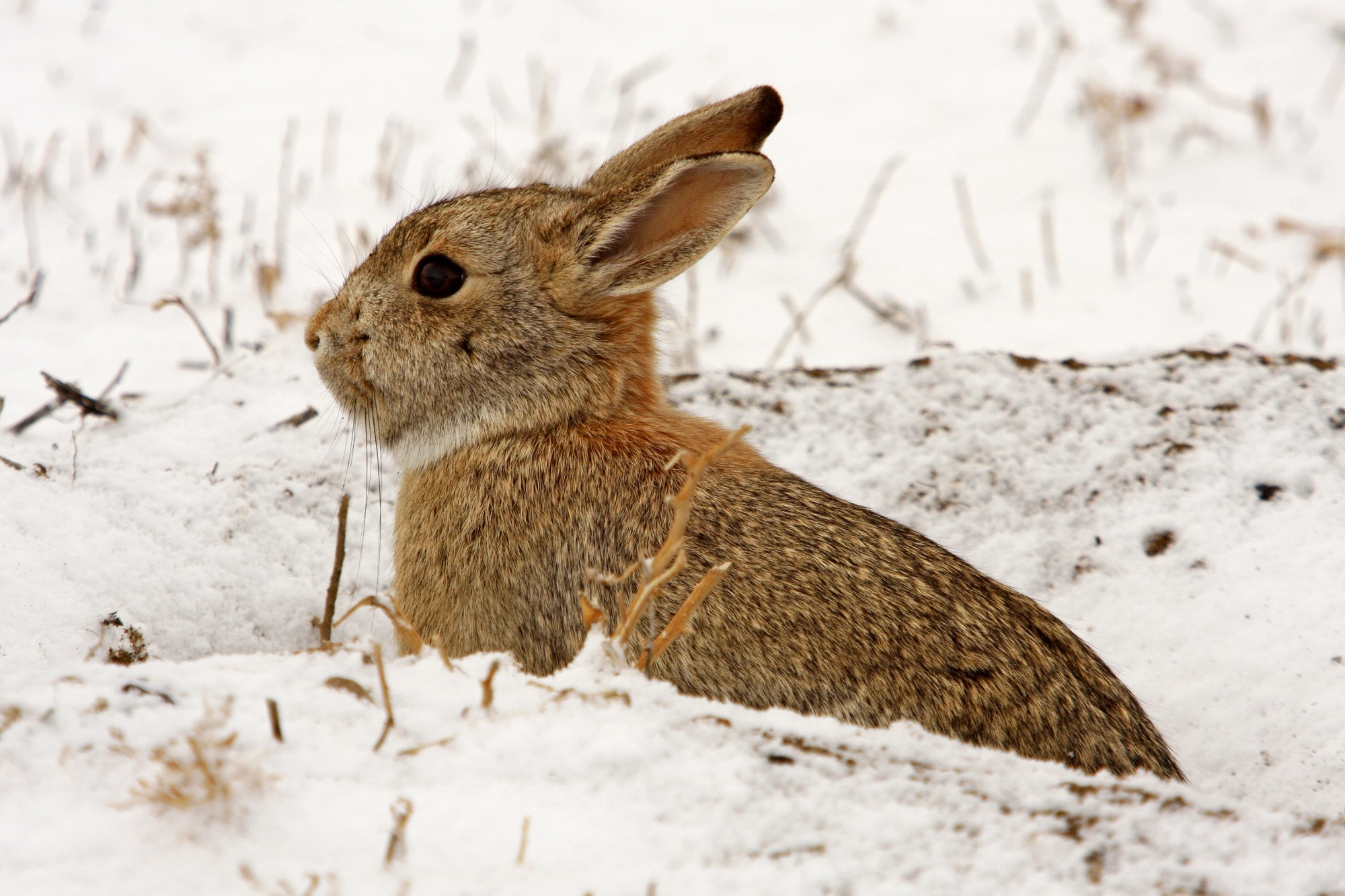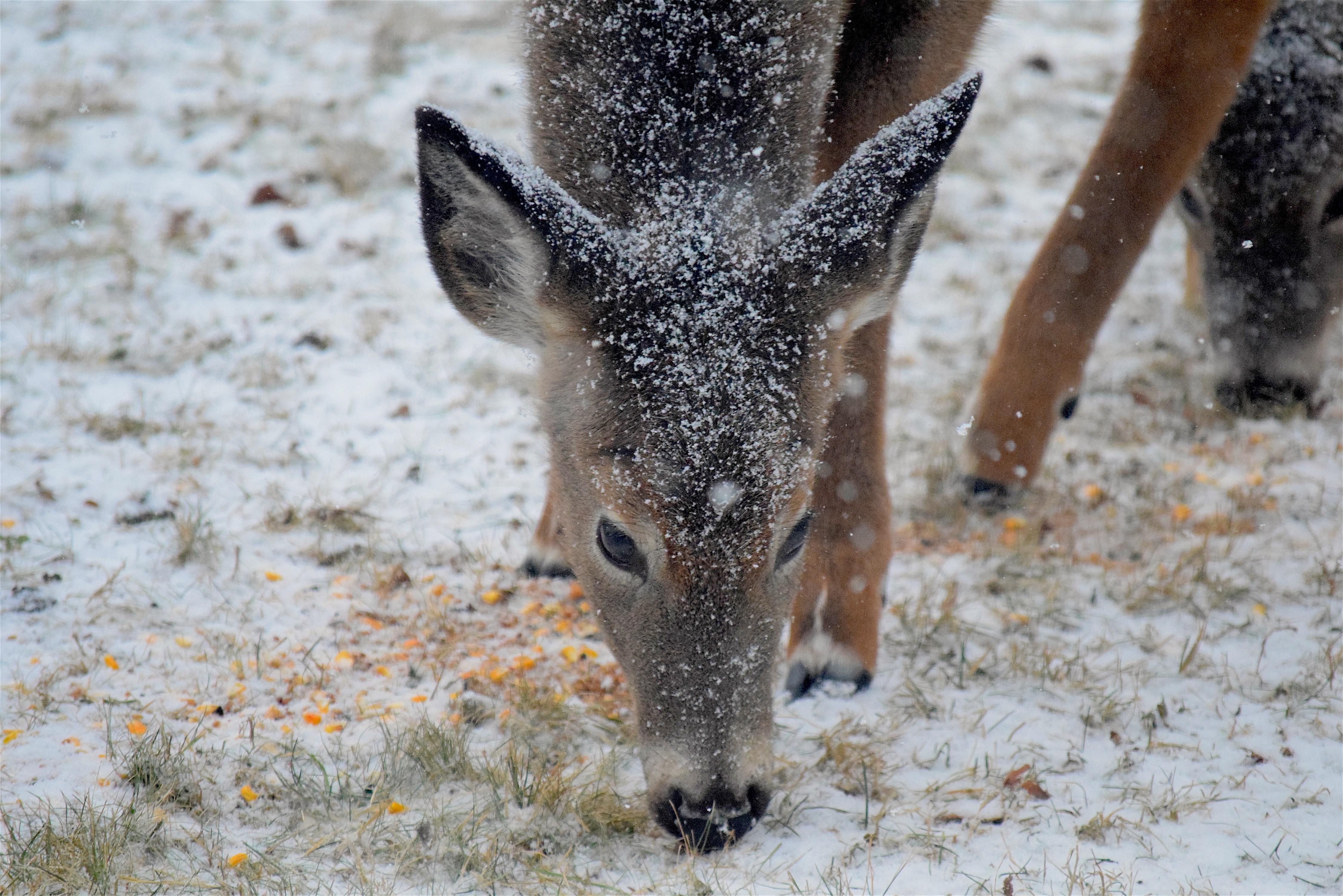
Ways to Provide for Wildlife Over the Winter Months
In many parts of the country, winter temperatures will soon drop to dangerous levels. Windchills of less than 30 degrees Fahrenheit below zero are not uncommon in the north. The importance of wildlife in our ecosystems should not be taken for granted, especially in the winter months. Many animals that are vital to healthy ecosystems have fewer places to take refuge during the bitter winter months due to loss of habitat from urban sprawl – the direct result of human activities. So, to the extent that we are able, why not compensate for that habitat loss by building makeshift shelters and providing food and water that will attract wildlife and help preserve nature’s balance? It’s easier to do than you might think.
As winter approaches, many of us will be doing yard cleanup and tree trimming to prepare for next spring’s growing season. But instead of hauling off those branches, you can make a great shelter for rabbits, birds and other small wildlife by constructing a brush pile in a corner of your backyard. To “hutch up” branches to make this shelter, start with the larger branches and crisscross them to form a base. Then, begin adding progressively smaller branches, weaving them in to add stability. It doesn’t have to be a large monstrosity that your neighbors will complain about; three feet by three feet by two feet is plenty big to be useful.
Discarded Christmas trees also make excellent shelters for wildlife. Collect a few from your neighbors and friends and make sure all decorations and tinsel have been removed. Then, just pile them up tightly in an area shielded from as much wind as possible. You might be surprised to see all the different kinds of wildlife that make use of your handmade brush shelter.

There continues to be some controversy over whether feeding wildlife over the winter months is the right thing to do. Opponents to this practice believe it can make wildlife more dependent on human intervention, possibly losing their ability to survive on their own. There is also concern that feeding wildlife in winter interferes with the process of natural selection and can result in unnaturally high populations of some species.
If you do decide specifically to feed your birds in winter, understand that their diet needs to be more nutrient-dense than what they’ve been eating during the warmer months. Fruits and berries provide them with a lot of sugar for energy, and the fat content in nuts provides extra fuel for warmth. Suet – basically animal fat with fruit, nuts, or seeds mixed in – is an excellent winter food choice for any birds, especially woodpeckers, nuthatches, chickadees, and flickers.
Making your own suet can be a great way to get the whole family involved in helping winter wildlife. Here’s an easy recipe that works well and is inexpensive to make. (Note that daytime temperatures will need to stay at about 50 degrees Fahrenheit or below to keep this suet from softening.)

Regardless of how you feel about feeding wildlife in winter, there’s one solution that almost everyone can agree on: that adding natural-growing food sources is both acceptable and helpful.
Planting bushes and shrubs in your yard that produce berries and fruits that remain into the winter months is a great way to naturally provide food for winter wildlife. Depending on where you live, some bushes, shrubs and trees that will feed wildlife in winter are American Persimmon, American Crabapple, Smooth Sumac, Cutleaf Staghorn Sumac, Southern Wax Myrtle, Northern Bayberry, Winterberry, American Cranberrybush Viburnum, American Bittersweet and Grey Twig Dogwood.
When heavy snows blanket an area, it also helps to clear patches of ground for wildlife to hangout. Be sure to shake the snow from bushes to help wildlife access what little natural food may still be available.
By all accounts, water is the most important element for winter survival for almost all living beings. But even in areas where small lakes and streams are plentiful, they often freeze over during the harshest winter months. Providing a shallow water source that is low to the ground and contains a birdbath heater can provide water for a variety of birds and mammals.
When purchasing a birdbath heater, let quality guide your decision; this is not a time to scrimp. A good birdbath heater should be thermostatically controlled, have appropriate wattage for the climate you live in and be big enough to cover most of the area in your birdbath. If you don’t already own a birdbath, you might want to consider purchasing one that has a heater already built in.
If you enjoy watching wildlife, be sure to place your water source in an area where it is visible from your windows, yet close enough that you can fill it easily. Placing your birdbath so far away that you won’t trudge through the snow to fill it in bad weather doesn’t do wildlife any good at all. There’s not anything much sadder than watching winter birds gather on the edge of an empty birdbath in below zero-degree weather. On the other hand, having an unfrozen water source in the dead of winter will almost certainly result in a plethora of wildlife and provide you with a great deal of satisfaction from knowing you have possibly helped save them from a painful, frozen death.

Whether you simply throw a few tree limbs and branches onto a pile in your backyard or go all out and build a state-of-the-art, weatherproof water source, your efforts will go a long way in acknowledging the importance of wildlife survival in winter and maintaining the year-round balance of our ecosystems.



